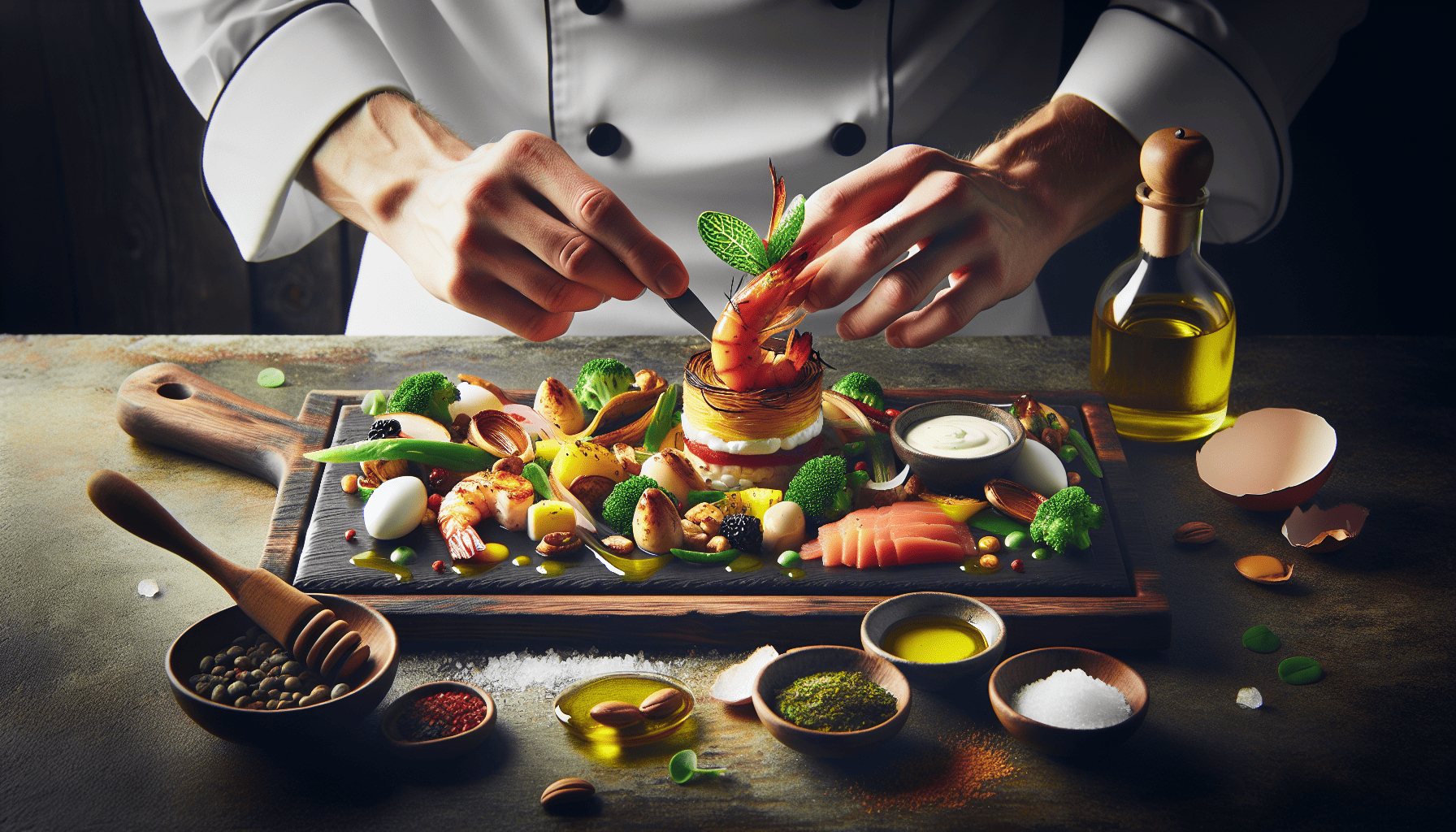Designing a custom menu for your event is an artistic and thoughtful way to enhance the dining experience for your guests. Whether you're planning a wedding, corporate gathering, or intimate dinner party, a personalized menu not only reflects the theme of your event but also ensures that each dish complements the occasion perfectly. Here’s a step-by-step guide to creating a menu that will leave a lasting impression on your guests.
1. Understand Your Audience:
The first step in crafting a memorable menu is understanding the preferences and dietary needs of your guests. Consider demographics such as age, cultural background, and dietary restrictions (e.g., vegetarian, vegan, gluten-free). Gathering this information will help you select dishes that everyone can enjoy and appreciate.
2. Choose a Theme:
The theme of your event should be a cornerstone in your menu design. Whether it’s a rustic farm-to-table setting, an elegant black-tie affair, or a vibrant festive celebration, your menu should embody the overall aesthetic and mood. Define the theme clearly and sketch how the menu can reinforce it, from the ingredients to the presentation of the dishes.
3. Seasonal and Local Ingredients:
Utilizing seasonal and locally sourced ingredients can greatly enhance the flavor profile of your menu while also supporting local farmers and reducing environmental impact. Incorporate these fresh ingredients into your menu to ensure peak flavor and quality, and weave them into the narrative of your event’s theme.
4. Balance and Variety:
A well-designed menu offers a balance of flavors, textures, and colors. Aim to include a variety of dishes that range from light appetizers to hearty main courses, finishing with a delightful dessert. Consider complementary pairings such as a crisp salad with a rich entrée or a sparkling wine to accompany a creamy cheese.
5. Signature Dish:
Introduce a signature dish that holds personal significance or reflects a unique aspect of your event. This could be a family recipe, a dish inspired by the location of the event, or something creative that ties into the event's motif. This special touch can make your menu truly one-of-a-kind.
6. Presentation and Design:
The visual presentation of your menu is just as important as the dishes themselves. Use typography and color schemes that align with your event’s theme. Consider printing the menu on quality paper or using digital displays for a modern touch. Add elegant graphics or illustrations to enhance the aesthetic appeal.
7. Beverage Pairing:
No menu is complete without the perfect beverages to complement the meal. Work with a sommelier or a knowledgeable staff member to select wines, cocktails, or non-alcoholic drinks that enhance the flavors of your dishes. Present these pairings clearly in your menu for a cohesive dining experience.
8. Test and Tweak:
Before the big day, conduct a tasting session. This allows you to experience firsthand how the dishes taste, how they mesh together, and how they look on the plate. Gather feedback and make any necessary adjustments to ensure everything is flawless.
9. Personal Touches:
Adding a personal touch to your menu can make it even more special. This could be a short message or a thank you note to your guests, a small anecdote about the significance of the menu items, or even customized place cards that match the design of the menu.
By investing time and thought into the customization of your menu, you're not simply planning a meal—you’re crafting an experience that will resonate with your guests long after the event is over. With careful attention to detail, creativity, and a bit of personal flair, your custom menu will undoubtedly be a highlight of your occasion.
